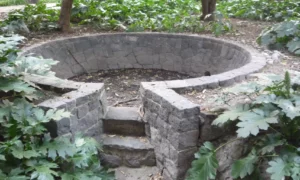The Baths of Chapultepec, a series of pools fed by the springs of Chapultepec Hill, have played a pivotal role in the history of Mexico City from the pre-Columbian era until the early 20th century. These baths, including the renowned Baths of Moctezuma and remnants of colonial structures in Well 5 or Manantial Chico, were integral to the city’s water supply system. This article delves into the historical evolution of these baths, their architectural features, and the controversies surrounding their use.
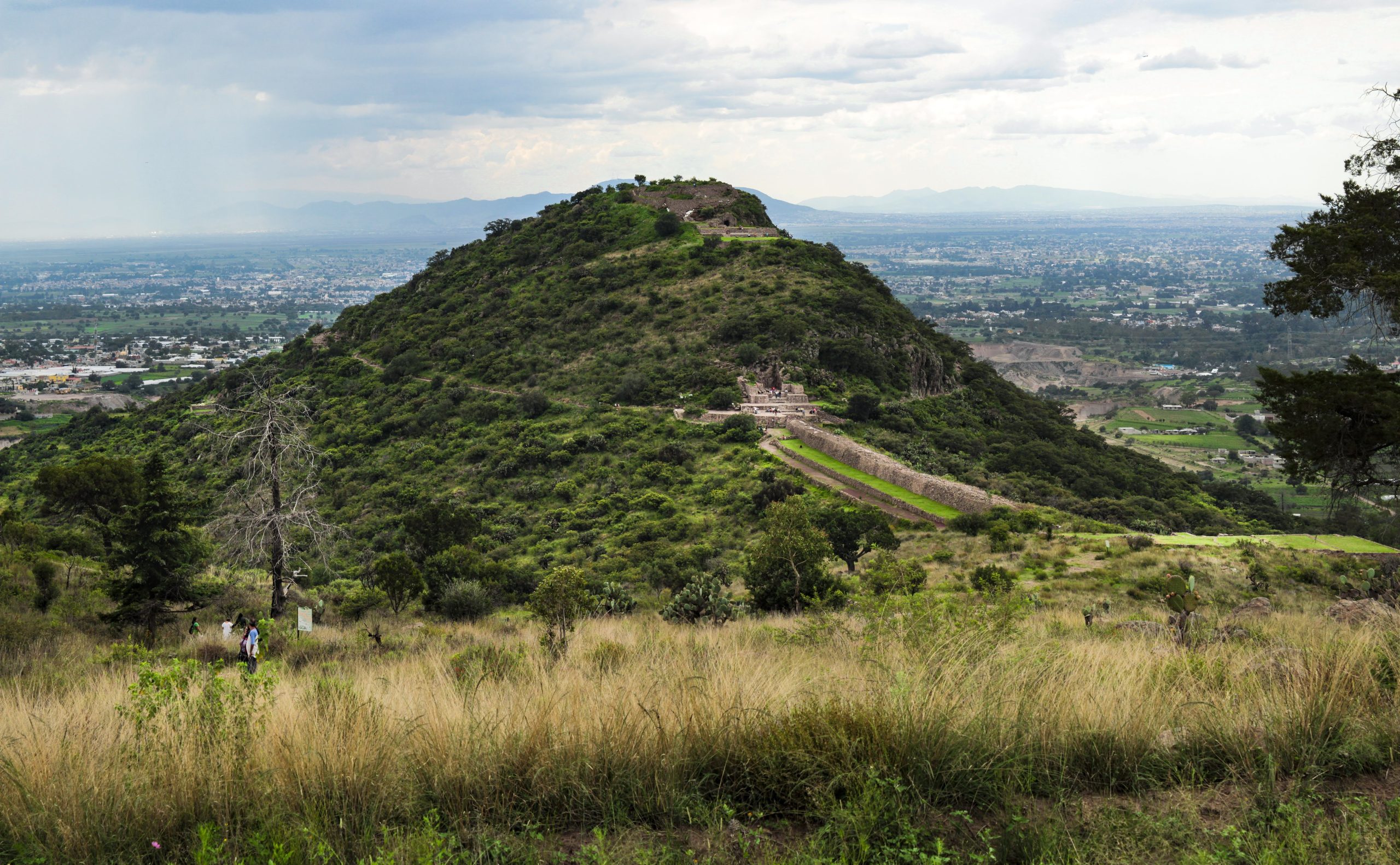
Texcotzingo
Texcotzingo, also known as Tetzcotzingo, stands as a testament to the ingenuity and cultural sophistication of the Aztec civilization, particularly under the rule of Nezahualcoyotl in the 15th century AD. Located approximately 20 miles northeast of what is now Mexico City, this site was intricately linked with the Aztec capital city of Texcoco, serving as the summer imperial gardens. These gardens were not only a place of beauty and leisure but also a complex symbol of power, religion, and knowledge.
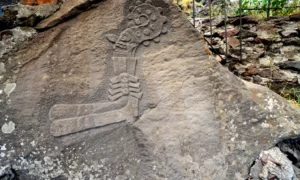
Cuahilama
Cuahilama, a hill and archaeological site located in the southeastern part of Mexico City, near the neighborhood of Santa Cruz Acalpixca, holds a rich tapestry of history that spans several pre-Hispanic civilizations. Despite its significant cultural heritage, Cuahilama has not received the attention it deserves, both from the academic community and the authorities responsible for its preservation.
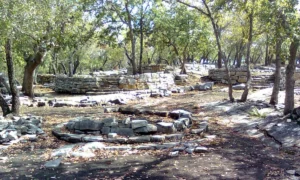
Balcón de Montezuma
Balcón de Montezuma, also known by its indigenous name “Balcon del Chiue,” is a significant archaeological site that offers a window into the ancient Huastec civilization. Located in the state of Tamaulipas, Mexico, this site is a testament to the rich cultural heritage and complex societies that flourished in Mesoamerica before the arrival of European explorers.
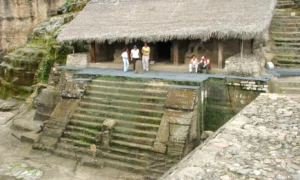
Malinalco archeological site
The Malinalco archaeological site, nestled in the rugged mountains of Mexico, is a testament to the ingenuity and spirituality of the Aztec civilization. This ancient site, known for its well-preserved Cuauhcalli or House of Eagles, offers a glimpse into the religious and military practices of the Aztecs. Carved out of a single piece of bedrock, the temple stands as an architectural marvel, reflecting the Aztecs’ deep connection with their deities and the natural world.
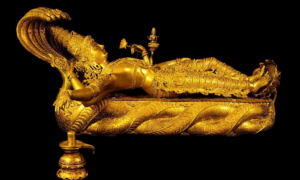
The Sree Padmanabhaswamy Treasure
The discovery of the Sree Padmanabhaswamy Temple treasure in Thiruvananthapuram, Kerala, in 2011, has captivated historians, archaeologists, and treasure enthusiasts worldwide. This treasure, comprising an astonishing array of gold, precious stones, and artifacts, is not only a testament to the temple’s rich history but also to the centuries of devotion and offerings made to the deity, Lord Padmanabha.

